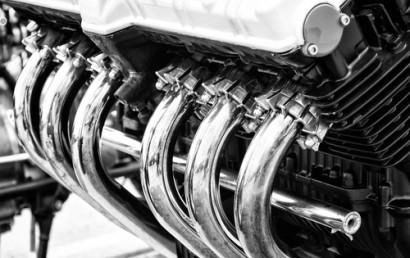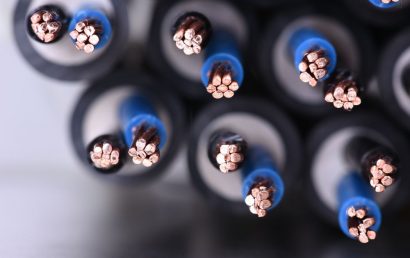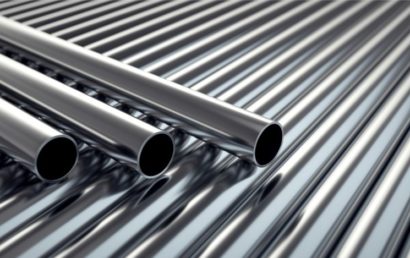Creating Thermal Barrier Coatings Via Bonding Layers
In this day and age, bonding layers can be used to create thermal barrier coatings. Before we launch into that, let’s answer an important question: what are thermal barrier coatings?
Thermal Barrier Coatings
Thermal barrier coatings increase a part’s lifespan and reduce stress and fatigue because they are designed to protect structural components made of metal from temperatures that are extreme. But there are a few key components that must be incorporated in order to provide protection at such a high level.
There are a number of distinct layers in every coating. Each adds to thermal property protection and serves to allow the formation of the desired thermal barrier via a chosen coating.
The Composition of a Thermal Barrier Coating
The pairing of a ceramic layer with a metallic layer make up your typical thermal coating. Where it adheres to the substrate, however, the bond can be compromised due to mismatched thermal expansion coefficients. Between the ceramic layer and the metal substrate, to add in adhesion, a bond coat might be used. There are different layers to the thermal barrier coatings referred to here:
The metal substrate is the first official part of the thermal coating. The bond coat is the first layer, which plays an integral role in thermal barrier formation because it enables bonding between the substrate and the coating.
Forming a thermally protective, uniform barrier, the ceramic layer acts as an oxygen diffuser. This prevents thermal oxidation of the substrate.
The ceramic topcoat is the last layer of the coating. Keeping the previous layers at a temperature that is lower than the surface, this topcoat protects the substrate.
Why Use Bonding Layers and Thermal Barrier Coatings Together
There are distinct advantages to be experienced here. When, to aid in adhesion, a bonding layer is used, several advantages are apparent. The coating is more wear resistant and harder. The reduction of topcoat stress is also an advantage. Finally, the thermal barrier coating’s thermal shock resistance and overall lifespan are both increased.
Using spray equipment, thermal barrier coatings can be applied by experienced, expert technicians. Though the equipment can be operated automatically, sometimes it’s necessary for manual coating application – depending on the nature of a product.
Be Prepared!
Whether the application is manual or automatic, spray coating application presents several associated elements that should be prepared for. These include the following:
- Use of electricity and heat – To provide pressure and force, acetylene, oxygen, and a combination of other gases are used to power combustion spray guns. For a safe application process, oxygen leaks must be carefully monitored. Voltage, rather than heat, must be handled carefully with electric arc guns due to the high current.
- Fumes and dust – Proper dust handling is essential so that the coating is not affected by any buildup and the process is not inhibited. Breathing filters and masks are worn by the professionals applying the coating.
- High levels of light and noise – Combustion spraying produces a flame while electric arc spraying produces a different kind of light. Because of the use of equipment that utilizes compressed gas, the process is a loud one.
A&A Coatings has been dealing with thermal spray coatings on a professional basis for decades. Numerous industries rely on our technicians, skill, expertise, knowledge, and more to protect and improve their bottom line, machines, components, and various surfaces. Contact us today to find out how we can be of help to you, your company, and your bottom line.



